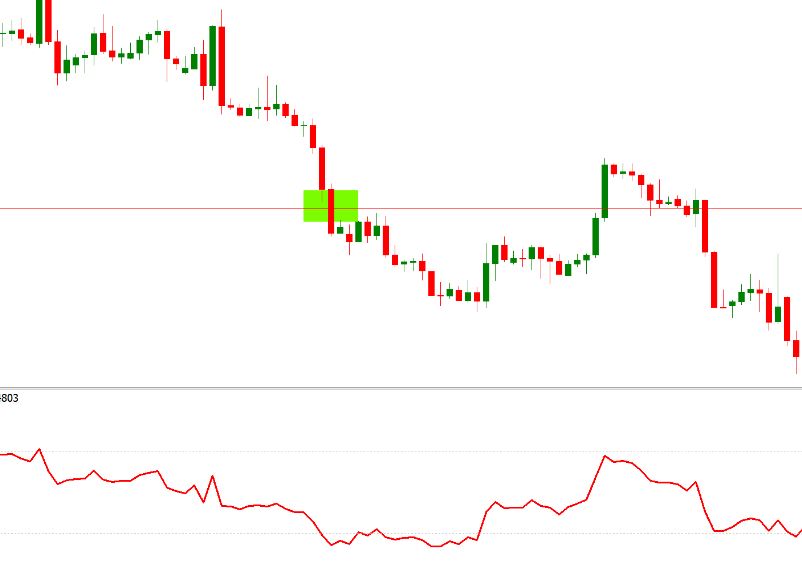In the city center, a bustling marketplace buzzed with people buying and selling. The air thrums with the energy of buying and selling. This, in essence, is the essence of the forex market, the world’s largest financial marketplace for trading currencies. But beneath the surface of exchange rates and charts lies a hidden dimension crucial for success: market depth.
Traditionally, forex traders have relied on technical indicators and fundamental analysis to navigate the currency markets. While these tools remain valuable, market depth offers a unique perspective, peering into the very psychology of the market itself. By understanding market depth, you gain the ability to assess the strength of trends, gauge potential price movements, and ultimately, make more informed trading decisions.

What is Market Depth and Why Does it Matter?
Market depth, also known as Depth of Market (DOM), refers to the volume of buy and sell orders at various price levels for a particular currency pair. Think of it as a real-time snapshot of the market’s hidden desires. On one side, you have the bulls (buyers) lined up with their bids, and on the other, the bears (sellers) offering their asks. The depth of these orders, visualized through order books or charts, reveals a wealth of information for the astute trader.
Here’s why market depth holds immense power in the forex arena:
- Liquidity Lifeline: Market depth acts as a liquidity gauge. A deep market, with a significant volume of orders at various price levels, indicates a smooth and efficient trading environment. You can enter and exit positions with minimal slippage (the difference between your intended price and the actual execution price). Conversely, a shallow market, with limited orders, can be treacherous. Your trades might get stuck or executed at unfavorable prices.
- Support and Resistance Reconnoitering: Market depth sheds light on potential support and resistance zones. When there’s a cluster of buy orders at a particular price level, it suggests strong support. Conversely, a concentration of sell orders indicates resistance. By identifying these zones, you can anticipate potential price reversals and position your trades accordingly.
- Order Flow Whispers: The flow of orders within the market depth can reveal hidden sentiment. A sudden surge in buy orders at a support level might hint at a potential breakout. Conversely, a rapid increase in sell orders at a resistance level could foreshadow a price drop. By understanding these order flow dynamics, you can capitalize on market momentum and potential trend continuations.
Strategies to Leverage Market Depth for Forex Domination
Now that you understand the power of market depth, let’s explore some unique strategies to incorporate it into your forex trading toolbox:
- The Order Book Sniper: Many forex platforms offer order book functionality. Use this tool to identify imbalances between buy and sell orders at key support and resistance levels. If there’s a significant skew towards buy orders at a support zone, consider entering a long position (buying the base currency) in anticipation of a price rise. Conversely, a heavy concentration of sell orders at a resistance level might be a good opportunity to enter a short position (selling the base currency) before a potential price decline.
- The Fade Fighter: Sometimes, the order book might show a sudden spike in orders against the prevailing trend. This could be a case of a temporary imbalance or a savvy trader trying to manipulate the market. Use this information cautiously. If the trend has strong underlying fundamentals, this might be a good opportunity to “fade the trade,” meaning taking a position opposite the sudden order flow, anticipating the trend’s resumption.
- The Volume Confirmation Crusader: Don’t rely solely on order depth. Combine it with volume analysis. If you see a significant increase in order depth at a support or resistance zone, accompanied by a surge in trading volume, it strengthens the signal. This confluence of factors suggests a more robust market reaction and potentially higher conviction in the price movement.

Beyond the Basics: Advanced Market Depth Techniques
For the truly adventurous trader, here are some advanced market depth techniques to explore:
- Level 2 Order Book Analysis: Some platforms offer Level 2 order books, which reveal the size of individual orders. This can be helpful in gauging the strength of support and resistance or identifying potential manipulation attempts by large market participants.
- Market Depth Heatmaps: These visual representations provide a color-coded view of order depth across various price levels. Hotter colors indicate higher order concentration, making it easier to identify potential turning points in the market.
Remember, the forex market is a complex beast.
Market depth is a powerful tool, but it should be used in conjunction with other technical and fundamental analysis techniques. Always practice sound risk management strategies, and never blindly follow any single indicator.
By incorporating market depth into your trading repertoire, you’ll gain a deeper understanding of the underlying market forces driving price movements.


